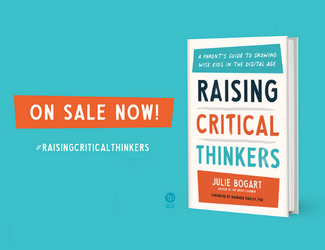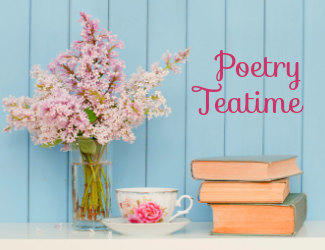If You are New to Nature Journaling

Sometimes our nature journaling happens indoors.
I have an African violet collection that has repeatedly inspired us to draw.
I hope you take time to draw on occasion as well.
Some of you may wonder: Why keep a visual record of the natural items you find near and around your home? Charlotte Mason points out that as we spend time in nature or with art, we are slowly developing our perceptual skills.
- We learn to see and to notice nuances and differences between plants and flowers and times of day.
- We learn to observe more closely when we draw than when we run by a tree in a game a of tag.
- Drawing also helps with those fine motor skills where kids get a break from forming letters and instead learn to follow the contour lines of the item they wish to represent.
When I worked in a Charlotte Mason support group years ago, one of the leaders did a workshop for the moms that gave us some simple instructions for drawing natural items. We eagerly took these three steps home to try them with our kids. I want to pass these fail-safe steps to you for those who are new to nature journaling.
For our exercise, we began with an acorn.
First we looked intently at the acorn from all sides, slowly, taking our time, without any talking. Then we felt the acorn with our finger tips. We let it roll around in our hands and looked at it from all sides. Once we felt we had thoroughly examined the acorn, we put it down on a white piece of paper. Then we closed our eyes and attempted to draw the acorn without lifting the pencil.

The only goal at this point was to imagine the acorn in our mind’s eye and then to draw it as best we could from memory. We knew we wouldn’t be able to draw it correctly with eyes closed, but keeping them closed meant we were being forced to really see the acorn we had just explored without the benefit of its appearance right in front of us. This is a mind muscle exercise. We were forming the mental image as accurately as we could from memory.
When we finished, we could look at the drawing. It’s always fun to see how the lines veer off the page or overlap awkwardly. But it’s also nice to see that some of the contours are strong and have an “acorn-y” feel about them.
For the next drawing, we looked at the acorn on the white paper and drew it again, but this time, looking at the acorn the whole time. Somehow having drawn it blind the first time meant we saw the acorn more clearly this second time and we were much more able to draw “representationally,” as well as to focus quietly.
When we finished drawing, we had this satisfaction of really having explored the acorn! I haven’t looked at them the same since.
This process works really well for intimidated kids who don’t think they can draw. The original blind drawing is a bit like freewriting. The second drawing is a bit like revising. These artistic processes are wonderful supports to writing.
So the three steps are:
- Look intently
- Draw with eyes closed
- Draw with eyes open
If you all as a family draw together, it makes for a more satisfying experience.
Inset image by Brave Writer parent, Brandy

















